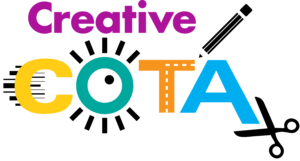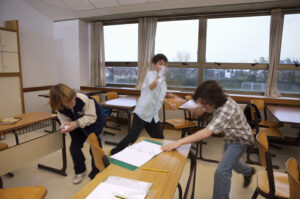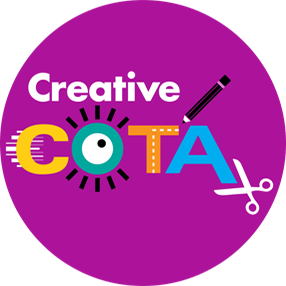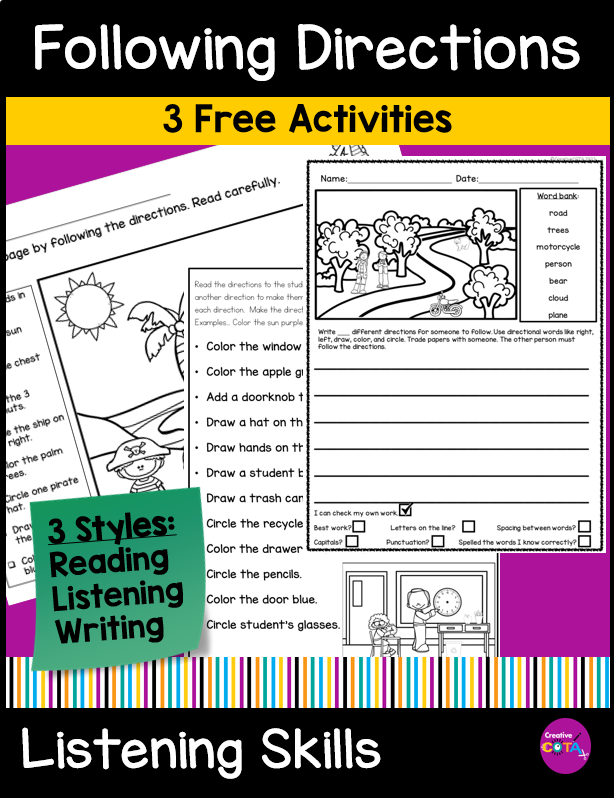
(This post contains Amazon Affiliate Links. I will receive a small commission if you use the link to purchase a product. There is no additional cost to you.)
Are you witnessing signs of student disengagement, lack of focus, or struggles with foundational skills like handwriting in your classroom? If so, you’re not alone. Many educators face the challenge of addressing these issues and fostering a more conducive learning environment. In this blog post, I’m excited to share valuable occupational therapy tips and strategies that seamlessly integrate foundational skill-building into your classroom routine. Say goodbye to groans during work time and hello to a more focused, skill-enhanced, and enjoyable learning experience for your students.
Unlocking Potential Through Occupational Therapy: Understanding the cues that your students may be grappling with is the first step toward creating an enriching classroom environment. Whether it’s difficulty focusing, poor handwriting legibility, or a general lack of enthusiasm, occupational therapy techniques can play a pivotal role in addressing these challenges. In this guide, we’ll explore practical ways to infuse occupational therapy skills into your daily lesson plans, making learning not only effective but also enjoyable for your students.
Strategies for Enhanced Focus and Skill Development: Discover how small adjustments in your teaching approach can lead to significant improvements in student engagement and skill development. From dynamic activities that promote focus to targeted exercises that enhance handwriting legibility and speed, these occupational therapy strategies are designed to seamlessly integrate into your existing curriculum. By incorporating these tips, you’ll create an inclusive and supportive learning environment that caters to the diverse needs of your students.
I have been compiling a list of tips I share with teachers and using them in the descriptions of my resources on TPT, Your Therapy Source, and Made by Teachers. I thought it would be great to put them into one blog post with some Freebies sprinkled in just for fun.
My biggest tips are to make it fun and always embed some sort of choice. It can be as simple as writing with a fancy erasable pen, using dice poppers, or where they can complete their work.
Hang the paper on the wall, lay on the floor with a clipboard, or tape the paper to the underside of a chair or desk. My students often choose “OT” over extra recess and movies. I can’t compete with a party that has sweets:) When the job doesn’t “smell” like work they get more done.
Use Games and crafts to build skills.
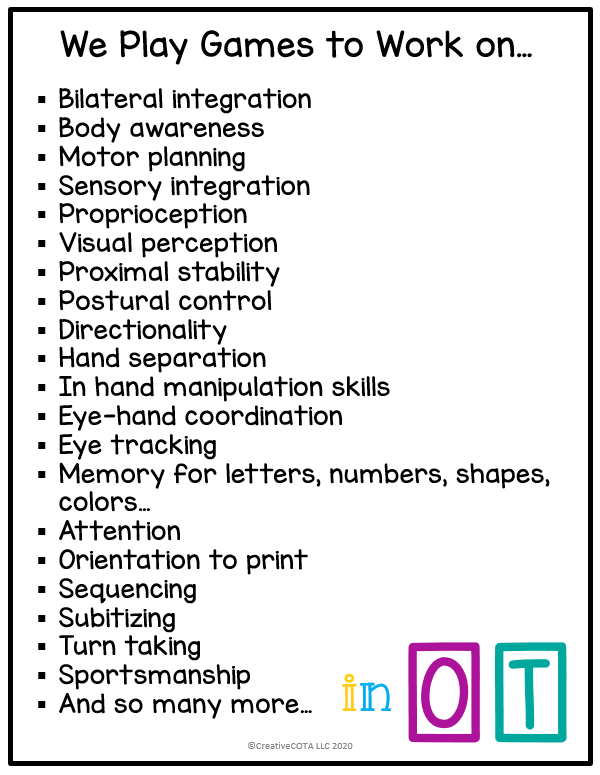
Handwriting, Fine Motor, and Hand Strength
- Have students use short pencils and write on an incline or vertical surface to promote a more functional grasp. Break crayons in half and use short pencils to promote a fingertip grasp when students are coloring, drawing, or writing. Fine Motor and Visual Perceptual Activities
- Use a multi-sensory approach when teaching numbers. Have students count real objects, write numbers in sand, on each other’s backs, or in shaving cream for tactile input, or jump the correct number to add a gross motor component, and clap, bounce a ball, or stomp to add auditory input.
- It is important to include handwriting in letter recognition. The sensory input of letter formation helps develop a motor memory for letter shapes in the brain.
- Use a multisensory approach when teaching letter identification and formation. Describe the steps of letter formation with words. Pull down, trace up, push across… Write in sand or shaving cream. Have students write their letters in the sky or on each other’s backs. Make letters with playdoh, noodles, wax sticks, or pipe cleaners… The sensory input of letter formation helps develop a motor memory for letter shapes in the brain. 10 Ways to Learn Letters Without a Pencil
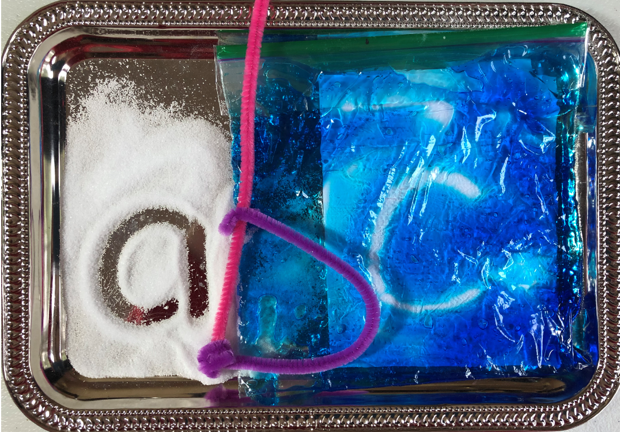
- Improving hand and finger strength can improve a child’s grasp, handwriting legibility & speed, keyboarding speed, use of scissors, and ability to use fasteners on their clothing. 4 Ways to Promote Upper Body Strength to Improve Typing Speeds and Handwriting Legibility
- Offer students multiple ways to generate text and show what they know. If they struggle with traditional pencil-to-paper writing offer the use of an alternative pencil. Keyboarding, use of AAC devices, eye gaze boards, and Voice to Text are some of the ways they can demonstrate their knowledge.
- Make writing fun so it doesn’t seem like work. Your students can work on fine motor and visual perceptual skills while they practice handwriting with fun and engaging activities. 5 Fun Ways to Engage Reluctant Writers
- Create kits with small beads and buttons for students to sort and string. Check out these ideas for fine motor and visual perceptual kits.
- Use crafts to work on fine motor, visual perception, and planning skills.
- Use themes to work on skill building.
Gross Motor Skills, Motor Breaks, and Self Regulation
- Providing structured gross motor brain breaks throughout the day can improve student focus and help with classroom management. Exercise can increase blood flow to the brain and help students learn more effectively. Brain Breaks for Kids
- If your students are having trouble sitting a circle time or sitting with their legs in the shape of a W they need to build core strength. Use gross motor breaks throughout the day and have them work on some activities while lying on their stomach to build upper body strength.
- Make sure your students can crawl and cross the midline. Crawling engages both sides of the brain and leads to more refined hand skills. The developmental progression of basic handwriting strokes is vertical, horizontal, circular, cross/+, diagonal, and X. If your students cannot tap their ear, shoulder, or knee with their opposite hand they will have difficulty with the diagonal strokes needed to form certain letters. Do crossing midline warmups before writing for improved letter formation and handwriting speed.
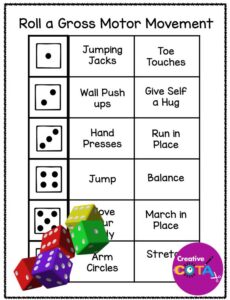
Social Emotional Learning and Self-regulation
- Co-regulate and find ways to calm down, focus on learning, provide a stress break, and lower anxiety. Not only will working on social-emotional learning (SEL) help with classroom management, but students will also build skills they can use throughout their lives. Help them learn what behaviors are expected in different situations. It is important to teach kids how to identify feelings, regulate emotions, develop impulse control, and improve coping strategies to increase focus, emotional intelligence & executive function. The Key to Social-Emotional Learning in the Classroom and Social-Emotional Learning |12+ Games to Practice Emotions and Self-Regulation Strategies
- Working on SEL skills will help with classroom management and can build skills your students can use throughout their lives. Research is showing that if you take the time to teach emotional regulation and social-emotional skills in the classroom, students are more willing and able to learn. Classroom disruptive behaviors can also decrease. Social-Emotional Learning Ideas and Activities for Students and Teachers
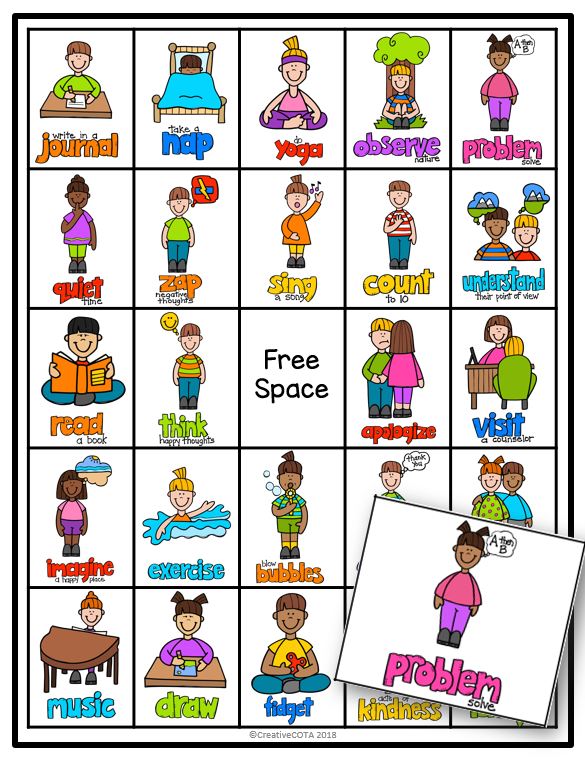
Visual Perceptual Skills and Visual Motor Skills
- It is important to build visual motor coordination skills and help students learn to start at the top and scan left to right. I like to find fun activities to help children improve eye tracking which is an essential tool for reading fluency. Ideas include scanning worksheets, playing catch, doing mazes, word searches or puzzles, using a laser pointer to point to images on a wall…Fine Motor and Visual Perceptual Activities
- Difficulty processing visual information and poor visual-motor coordination skills can lead to problems with reading, spelling, handwriting, drawing, math, and comprehension. Visual perception is the skill needed for a child to make sense of what they see. Help their brains interpret and organize the information they are taking in throughout their day with engaging activities. Work on visual perceptual skills with activities like matching, sorting, directed drawing, word searches, I-spy, and mazes. 20+ Items For Kids to Sort
- Building a student’s visual memory will help them recognize numbers, letters, and sight words. It will also help them copy information from a board, or keyboard from memory or record information without having to keep checking back to the sample.
Executive Function and Planning Skills
- An analog clock is the best timer you can use in the classroom or during your therapy sessions. Teach students how to read a clock so they can understand what a period of time looks like. You must understand the sweep of time to improve executive function skills. Executive Function Drawing Activity
- Crafts are a great way to build EF skills. Show your students a completed model and have them come up with the steps and materials they will need to complete it.
As we delve into the intricacies of occupational therapy integration in the classroom, you’ll gain insights into practical techniques that empower both educators and students. Say goodbye to monotony and hello to a classroom where foundational skills are nurtured alongside academic growth. This guide serves as your go-to resource for unlocking the full potential of your students and transforming your classroom into a hub of engaged, skillful learners.
Freebies
Check out these freebies and more on TPT and in my Free Resource Library.


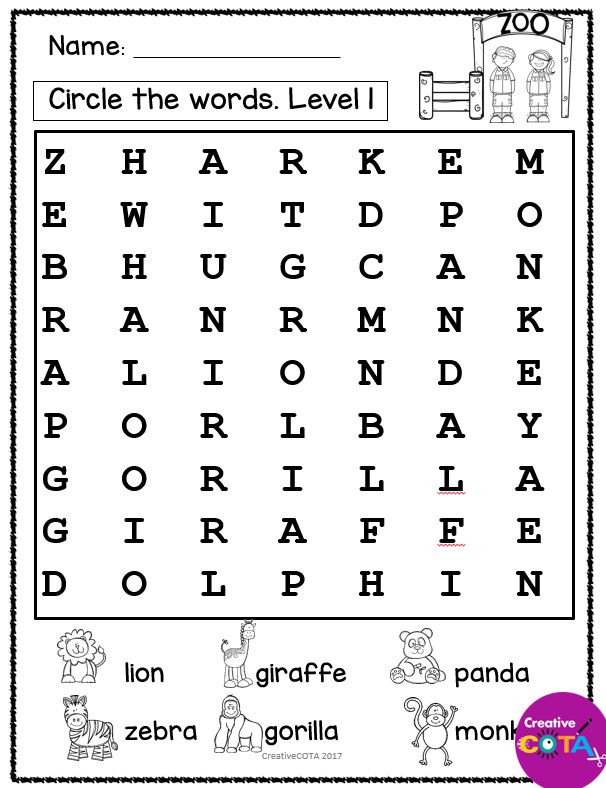
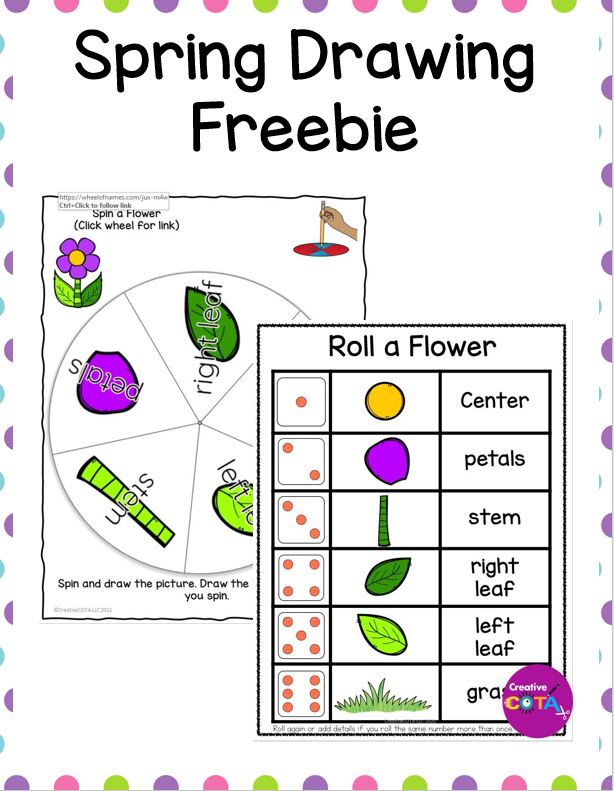

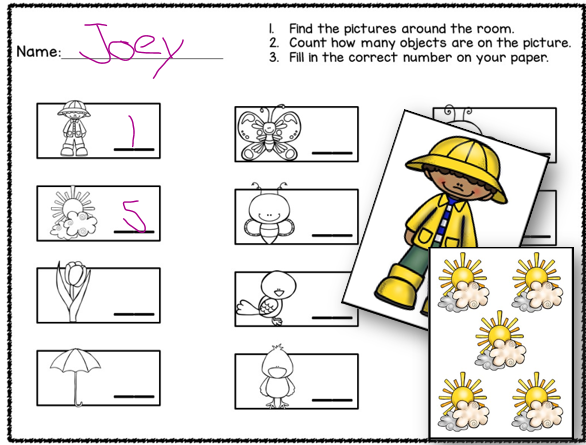
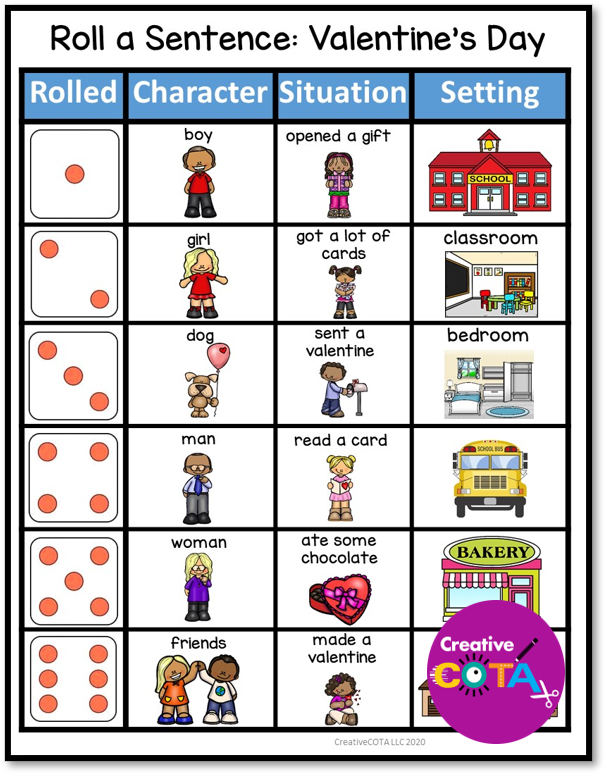
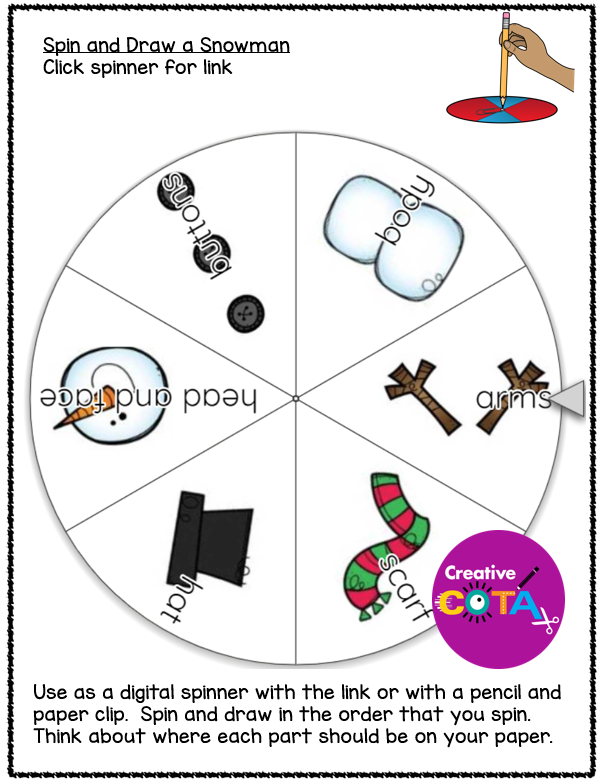
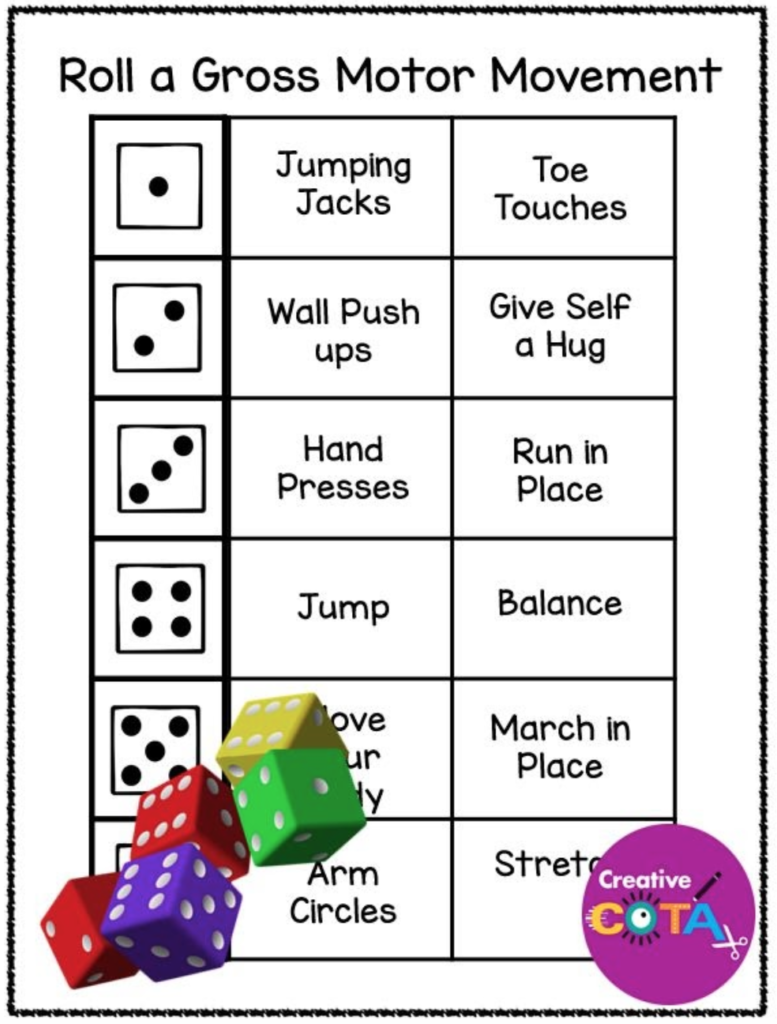

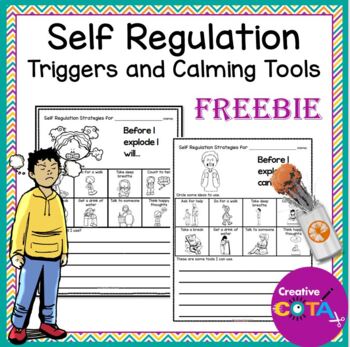
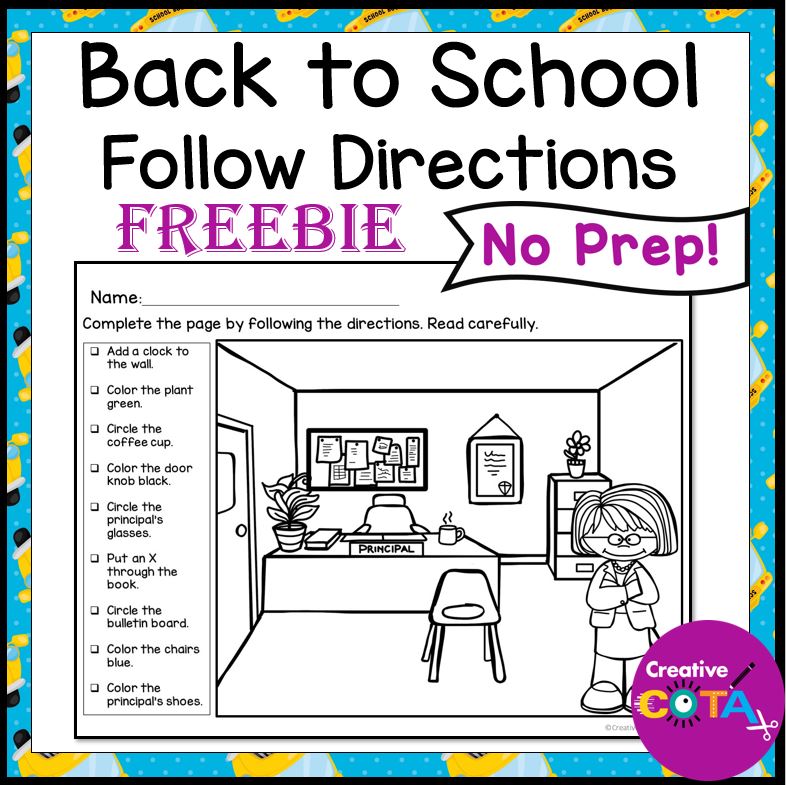

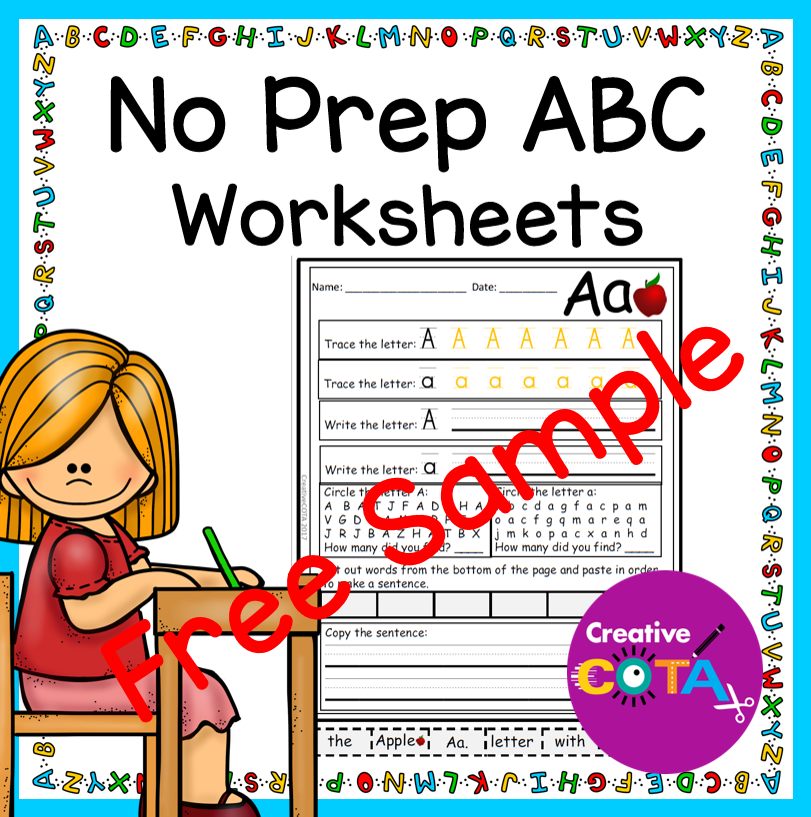
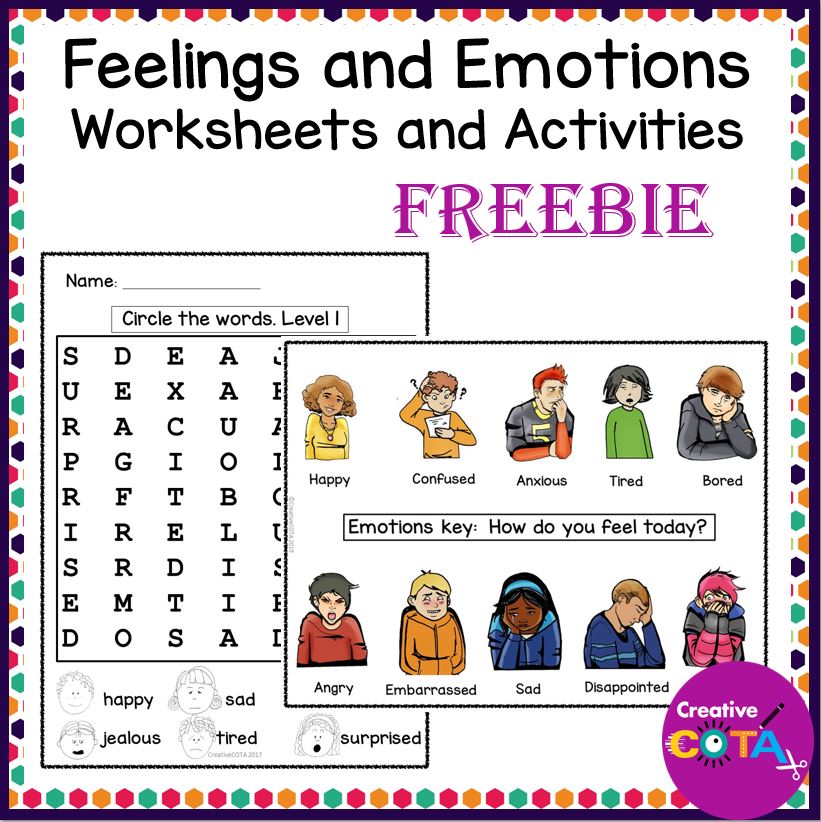
About the Author
I am a Certified Occupational Therapy Assistant (COTA) and have been working in a public school system for more than 25 years. My resources can be found on TPT, BOOM Learning, Made by Teachers, and Your Therapy Source. Thank you for your interest in my resources and ideas. I hope you will consider following my journey on TPT or wherever you wish to shop.
My mission is to help you find creative ideas to incorporate fine motor, visual perception, gross motor, and social-emotional learning into your lessons.
I hope you consider signing up for my Free Resource Library with your Email. I send out emails about once a week and share resources, tips, and planning ideas for your classroom or occupational therapy needs. Hopefully, these help your students work on building their skills in a fun and engaging way.
Cindy@CreativeCOTA.com

